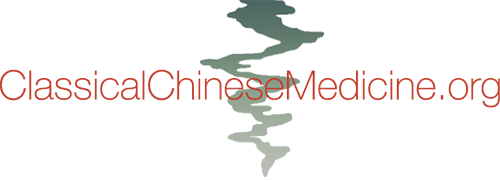Yang Tianhui: Notes from My Visit to the Fuzi Growing Area of Zhangming County
BY YANG TIANHUI (Song Dynasty, 1039 CE)
TRANSLATED BY HEINER FRUEHAUF
The following text represents the most detailed pre-modern description of the traditional cultivation of medicinal aconite in China. It was written more than 900 years ago by a Sichuanese official in charge of Zhangming County. Zhangming is situated in the location of today’s Jiangyou County, epicenter of the recent Sichuan earthquake, which has been identified by all ancient materia medica experts as the only place where genuine Chinese aconite should be sourced from.
GERMAN TRANSLATION BY MARKUS GOEKE
